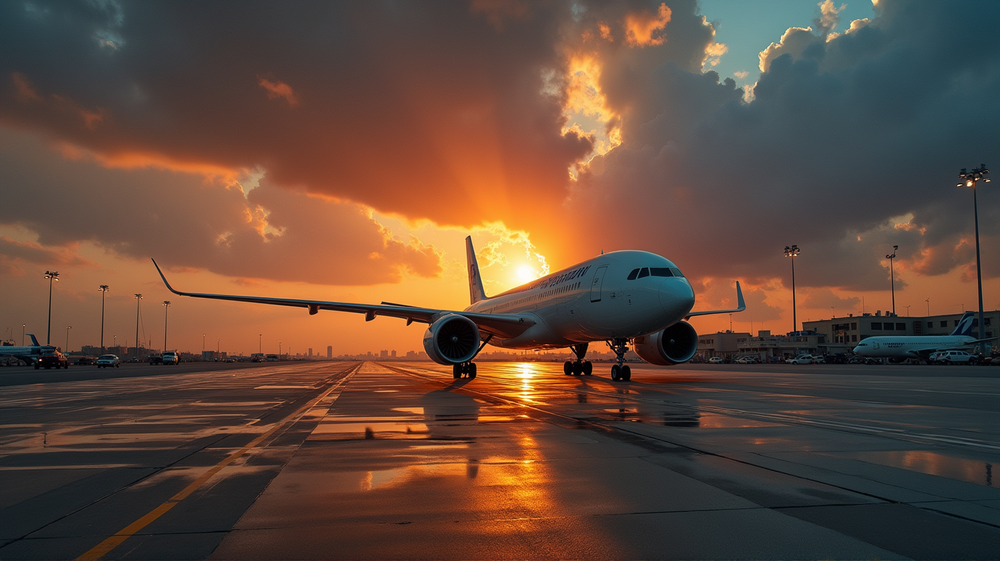In the heart of the Middle East, Ben Gurion International Airport in Tel Aviv has become a focal point, not because of its passenger traffic, but due to a spate of Houthi strikes that are shaking the airport’s foundation. These repeated hits have catapulted the airport into turmoil, a reality becoming all too familiar for travelers and airlines worldwide.
Disruptions in Flight
The once bustling skies over Israel are now eerily silent, as approximately 20 international airlines, including aviation giant Ryanair, put a pause on their operations. The frequent attacks have grounded countless flights, with airline executives expressing their mounting frustrations. Michael O’Leary, CEO of Ryanair, highlights the growing impatience, indicating that routes to Tel Aviv might become bygones if the situation doesn’t improve.
Financial Ripples
As aircraft remain parked, the financial repercussions of this disruption grow increasingly apparent. Many airlines, grappling with halted operations, are taking a closer look at compensation claims. The economic strain extends well beyond the aviation industry, hinting at wider implications for Israel’s fiscal health.
A Strained Geopolitical Landscape
The attacks underscore a broader geopolitical tension, with economic ripples echoing through the region. The Houthi’s targeting of such a critical infrastructure component reveals vulnerabilities that can have cascading effects on regional stability and commerce.
Long-term Outlook
Amidst the turmoil, questions loom large over how long Ben Gurion can sustain these disruptions before irreversible economic fallout ensues. Strategies for mitigation and recovery are on the table, yet the path forward remains fraught with uncertainty.
A Global Concern
The world watches as Israel navigates these turbulent skies, making it evident that the consequences of such attacks extend globally. As stated in Middle East Eye, this situation is not just an Israeli challenge but a global aviation concern.
The scenario at Ben Gurion International reflects a microcosm of larger geopolitical dynamics at play, painting a picture of how interconnected our world truly is.












